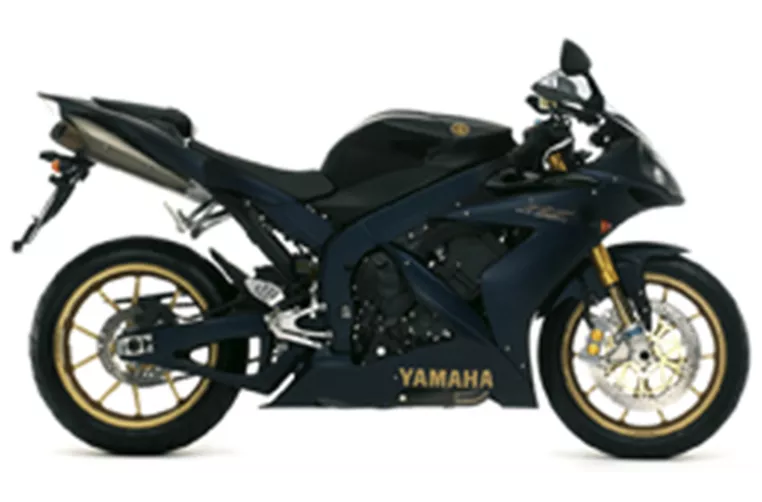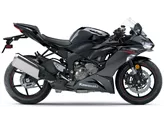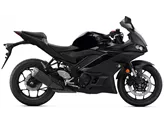Yamaha R1 2006 vs. Yamaha YZF-R6 2017
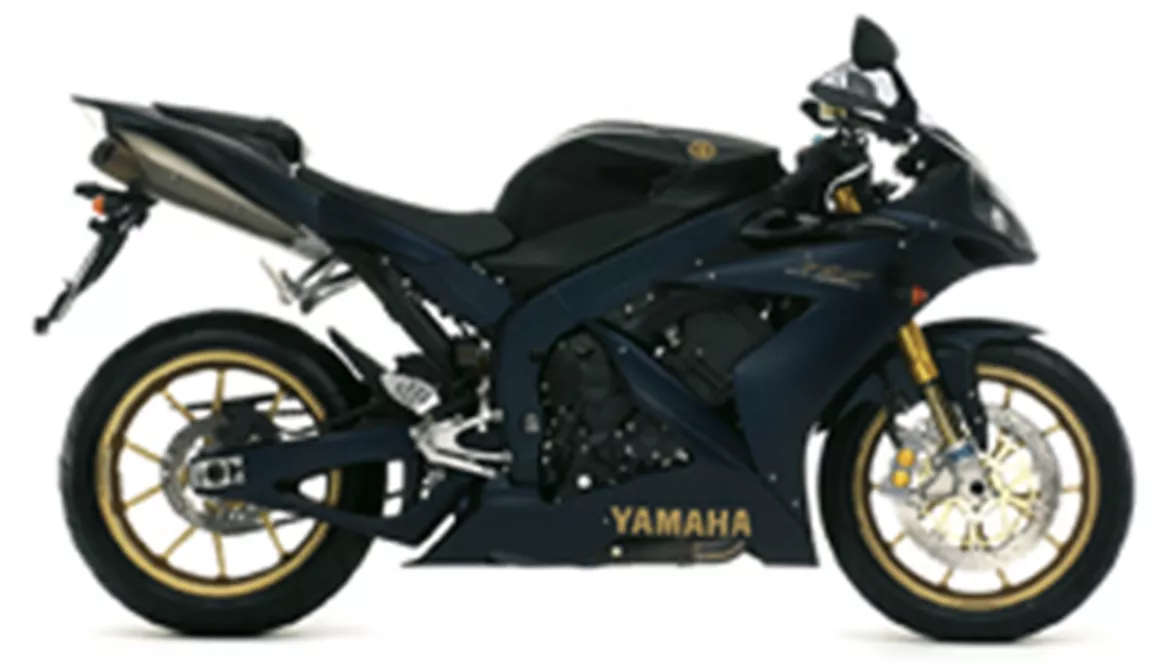
Yamaha R1 2006

Yamaha YZF-R6 2017
Visão geral - Yamaha R1 2006 vs Yamaha YZF-R6 2017
The Yamaha R1 model year 2006 and the Yamaha YZF-R6 model year 2017 are both supersport motorcycles manufactured by Yamaha. While they share some similarities in terms of their technical specifications, they also have distinct differences that set them apart.
In terms of power, the Yamaha R1 2006 boasts a higher horsepower of 172 HP compared to the Yamaha YZF-R6 2017, which has a power output of 124 HP. This gives the R1 a significant advantage in terms of sheer power and acceleration. Both motorcycles have four cylinders and a displacement of 998ccm for the R1 and 599ccm for the YZF-R6, ensuring a smooth and responsive performance.
When it comes to the chassis, both motorcycles feature an aluminum frame, which provides a lightweight and rigid structure for enhanced handling and maneuverability. This allows riders to confidently navigate corners and maintain stability at high speeds.
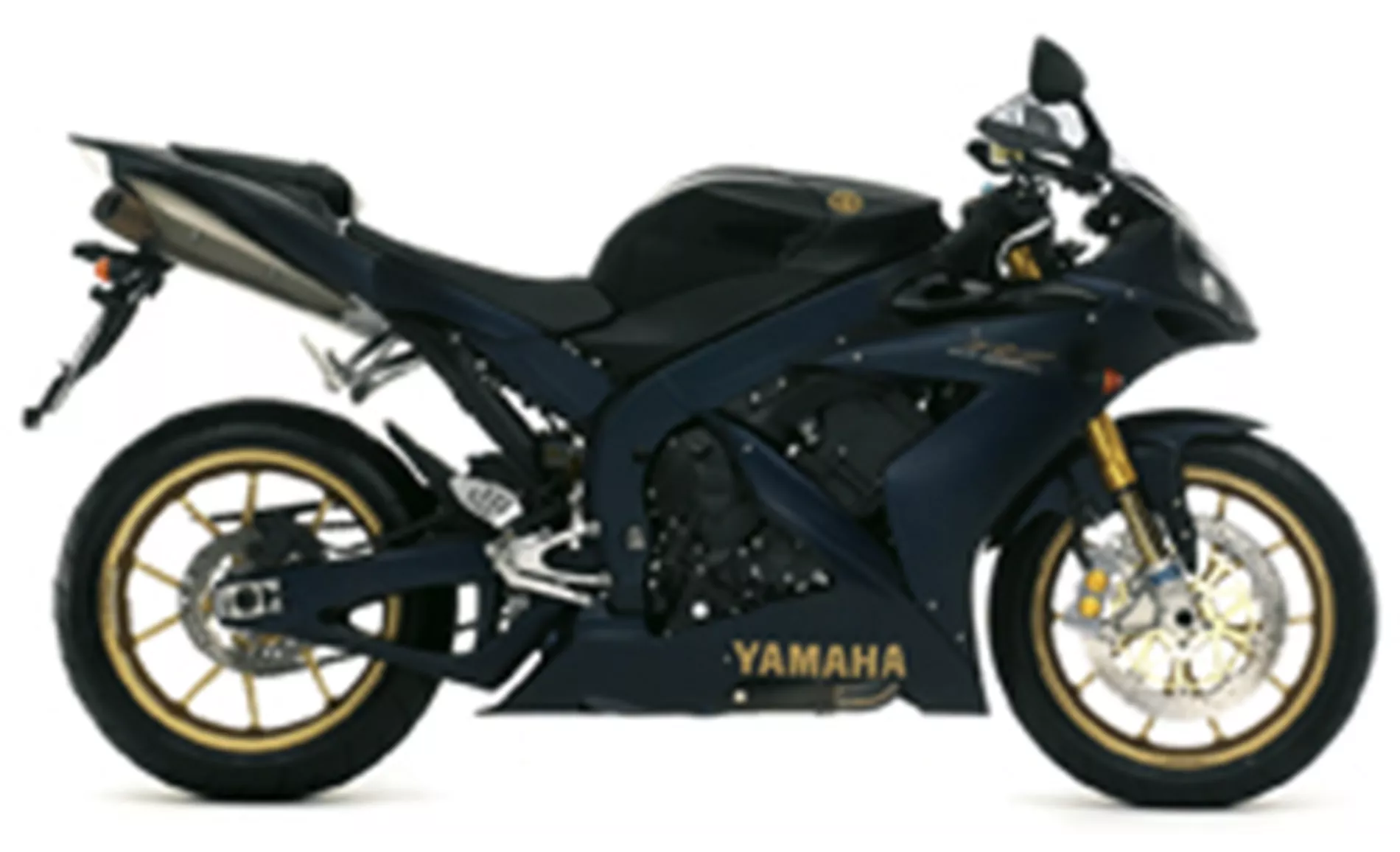
Yamaha R1 2006
In terms of braking, both the Yamaha R1 2006 and the Yamaha YZF-R6 2017 are equipped with dual disc brakes at the front, ensuring strong and reliable stopping power. This is crucial for maintaining control and safety, especially during aggressive riding or track use.
In terms of dimensions and weights, the Yamaha R1 2006 has a longer wheelbase of 1395mm compared to the Yamaha YZF-R6 2017 with a wheelbase of 1375mm. This slight difference in wheelbase may contribute to variations in handling and stability between the two motorcycles. Additionally, the seat height of the Yamaha R1 2006 is 835mm, while the Yamaha YZF-R6 2017 has a slightly higher seat height of 850mm. These differences in dimensions may affect the comfort and ergonomics for different riders.
Both motorcycles have a fuel capacity of 18 liters for the Yamaha R1 2006 and 17 liters for the Yamaha YZF-R6 2017. This allows for a decent range before needing to refuel, making them suitable for longer rides or track sessions.

Yamaha YZF-R6 2017
Now, let's discuss the strengths and weaknesses of each motorcycle. The Yamaha R1 2006 is praised for its worry-free riveting, strong braking system, powerful engine, excellent traction, anti-hop clutch, steering damper, and precision. On the other hand, it has a weakness in terms of a seat position that is too low, leading to an uncomfortable posture and requiring significant body effort during turns.
The Yamaha YZF-R6 2017, on the other hand, is praised for its strong and direct brakes, elegant appearance, automatic gearbox, good wind protection, precise handling, and high transparency. However, it has a weakness in terms of a radical seat position that is not suitable for touring, a lower power output of only 124 HP, and the potential for expensive upgrades.
In conclusion, the Yamaha R1 2006 and the Yamaha YZF-R6 2017 are both impressive supersport motorcycles with their own set of strengths and weaknesses. The R1 offers more power and a comfortable riding position, making it suitable for riders seeking a high-performance machine. On the other hand, the YZF-R6 offers a sleek design and precise handling, making it a great choice for riders looking for a stylish and agile motorcycle. Ultimately, the choice between the two would depend on the rider's preferences and intended use.
Especificações técnicas Yamaha R1 2006 em comparação com Yamaha YZF-R6 2017
Prós e contras em comparação
Prós e contras em comparação
Yamaha R1 2006
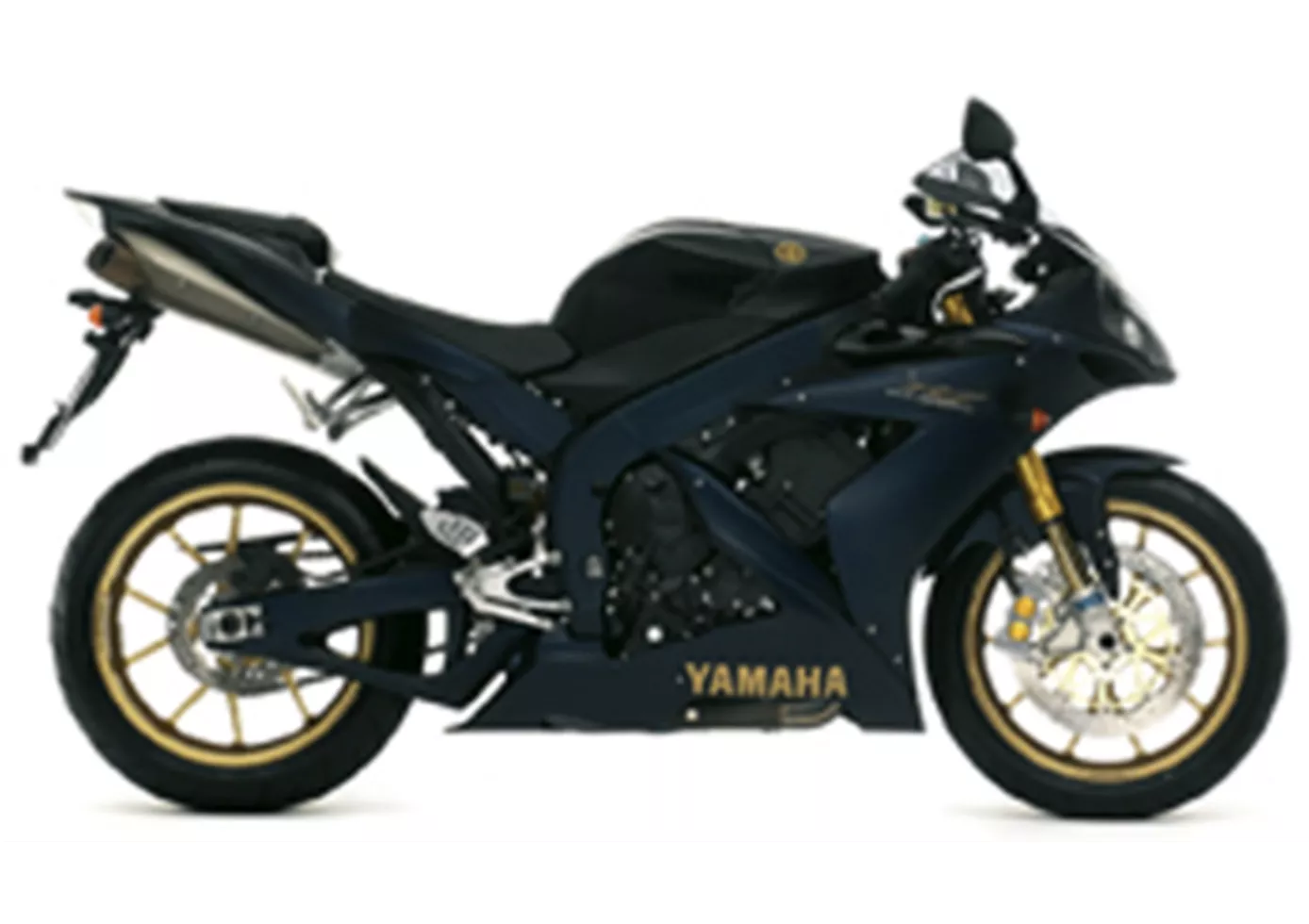
A nova R1 é uma mota cheia de alta tecnologia e inovação. O desempenho oferecido na pista de corrida é impressionante. Porque os dispositivos técnicos se traduzem em diversão de condução e tempos de volta. No entanto, a moto exige um condutor ativo para não se tornar cansativa.
Yamaha YZF-R6 2017

A Yamaha R6 2017 ainda é uma moto superesportiva visual e dinamicamente radical que é uma das melhores e provavelmente a última de seu tipo. O padrão EURO4 custa aos 599 cúbicos em linha de quatro cilindros com válvulas de titânio um total de 11 cv em comparação com o modelo 2007/2008. A Yamaha está claramente visando hobby, pilotos amadores e profissionais que não se importam com o desempenho padrão de qualquer maneira. Com mais de 50 acessórios, a R6 pode ser actualizada de acordo com as necessidades e o orçamento. No entanto, todos devem estar cientes de que isso pode custar muito dinheiro.
Comparação de preços Preço médio de mercado Yamaha R1 vs Yamaha YZF-R6
There are a few key differences between a Yamaha R1 2006 and a Yamaha YZF-R6 2017. There are the same number of bikes of both models available on the 1000PS.de marketplace, specifically 5. It takes less time to sell a Yamaha R1 with 44 days compared to 136 days for a Yamaha YZF-R6. Since model year 2005 1000PS.de editors have written 80 reviews for the Yamaha R1 and 33 reviews for the Yamaha YZF-R6 since model year 2005. The first review for the Yamaha R1 was published on 28/04/2003 and now has more than 3.900 views. This compares to more than 3.600 views for the first review on Yamaha YZF-R6 published on 17/10/2002.
